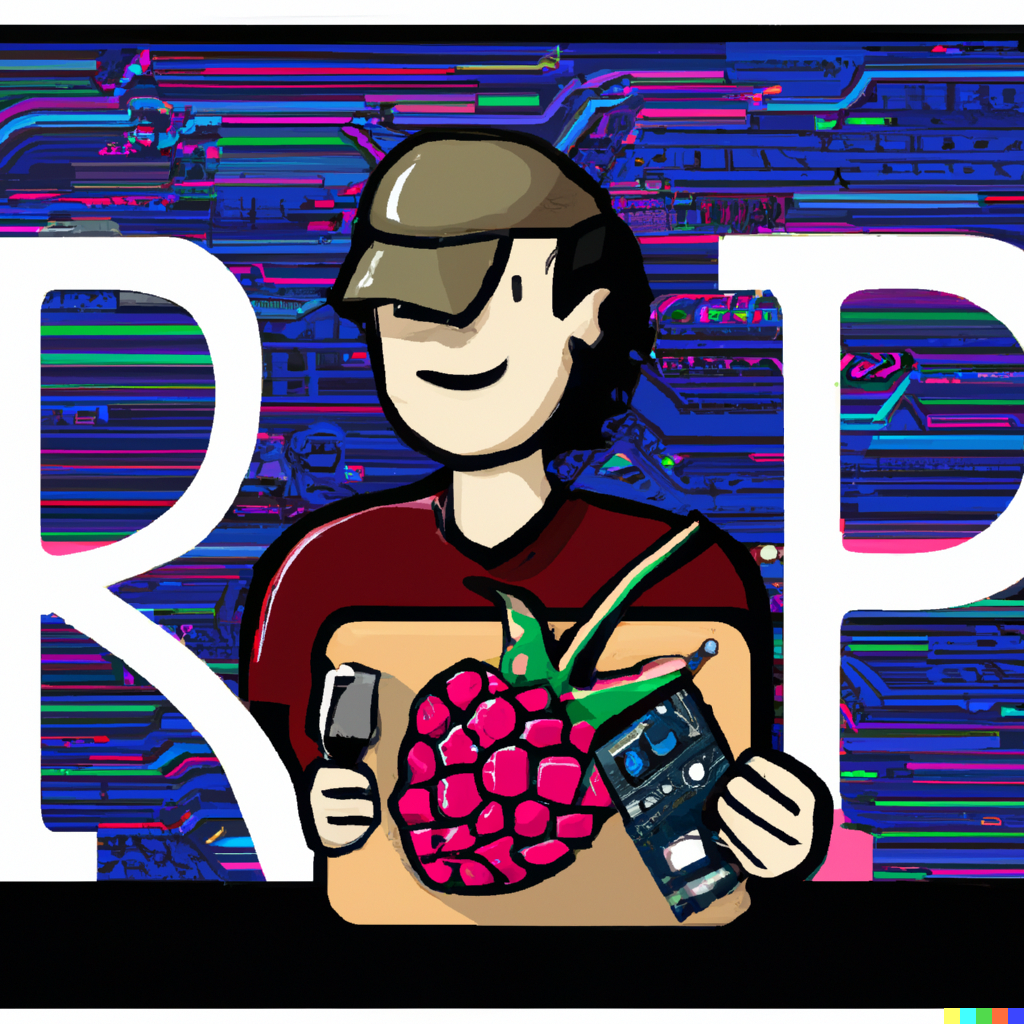Menu
Logo

When it comes to using a Raspberry Pi for robotics applications, one of the most important decisions to make is which programming language to use. The Raspberry Pi is a versatile device that can run a variety of programming languages, but some are better suited for robotics than others. In this blog post, we will go over some of the most popular programming languages used for Raspberry Pi robotics and their pros and cons.
Python: Python is one of the most popular programming languages for Raspberry Pi and robotics. One of the reasons for its popularity is the large number of libraries available, including libraries for robotics such as RPi.GPIO, pigpio, and PySerial. Python is also known for its simplicity, making it easy for beginners to learn and use. However, it may not be the best choice for projects that require high performance or real-time processing.
C++: C++ is another popular language for Raspberry Pi robotics. It is a powerful and efficient language that allows for low-level access to hardware and real-time processing. C++ also has a large number of libraries available for robotics, including libraries for control systems, machine learning, and computer vision. However, it can be more difficult for beginners to learn compared to Python.
ROS (Robot Operating System): ROS is an open-source, meta-operating system for robots. It provides a set of libraries and tools that can be used to control and program robots. ROS allows for easy integration of different software components and is widely used in the robotics community. However, it can be a more complex system to set up and use compared to Python or C++.
Java: Java is another programming language that can be used on Raspberry Pi. It is widely used in industry and well-suited for large projects. Java is platform-independent and has a lot of libraries available, however, it's not as popular as Python or C++ in robotics field.
Scratch: Scratch is a visual programming language that is designed for beginners. It is ideal for children and people who are new to programming. Scratch can be used to control motors, sensors, and LEDs on the Raspberry Pi. However, it may not be suitable for more complex robotics projects.
The choice of programming language will depend on the specific requirements of your project, as well as your own skills and preferences. Python and C++ are great options for projects that require a lot of computational power and control over the hardware. ROS is a good choice if you are working on a more complex project and want to take advantage of its libraries and tools. Scratch is a good choice for beginners or for projects that don't require a lot of computational power.
In conclusion, there are a variety of programming languages that can be used for Raspberry Pi robotics, each with its own strengths and weaknesses. Python and C++ are great options for projects that require a lot of computational power and control over the hardware. ROS is a good choice if you are working on a more complex project and want to take advantage of its libraries and tools. Scratch is a good choice for beginners or for projects that don't require a lot of computational power. It is important to choose the right programming language for your project based on your own skills, the complexity of your project, and the resources available.